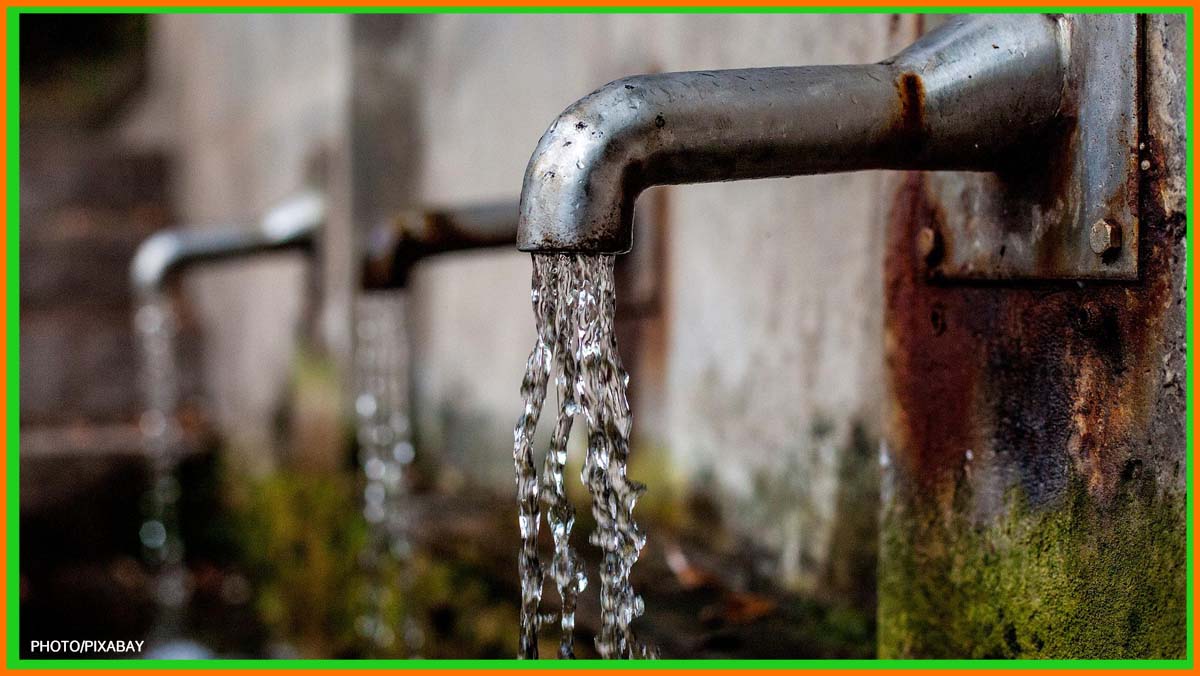QUEZON CITY, Manila – The Institute for Climate and Sustainable Cities (ICSC) called for clarity and urgency in implementing the government’s development plans in its response to the second State of the Nation Address (SONA) made by President Ferdinand Marcos, Jr. on Monday, July 24. Given that the President highlighted developments in the country’s energy sector, Atty. Pedro H. Maniego Jr., Senior Policy Advisor of ICSC dives deeper into this year’s SONA.
President Marcos announced that crude oil prices have stabilized. One of the main causes cited in last year’s increase in crude oil prices was the Russia-Ukraine war, which led to skyrocketing rates from March to July 2022. Oil prices began to go down in December, and are now currently at around USD70 to USD80 per barrel. The Philippines imported 87 percent of its coal and 98 percent of its crude oil for energy use in 2021. Due to the Philippines’ high dependence on these imported commodities, international price fluctuations are easily passed on to the consumers. While prices have already stabilized today, the recent price spikes serve as a threat to energy security in the Philippines.
It was also declared that new power plants were built in the Philippines last year, bringing the total to 17 new power plants added since 2022 and substantially increasing the country’s energy production by 1,174 megawatts.
Looking at the Department of Energy’s (DOE) list of existing power plants as of June this year, 75 percent of the installed capacity since 2022 comes from coal, while only 25 percent comes from renewable energy (RE) sources. This means that the new capacities are predominantly coal, which can be attributed to a single plant – the GNPower Dinginin Unit 2, which has an installed capacity of 725 megawatts (MW).
While the introduction of said new power plants has increased overall energy production, we must acknowledge that this progress was offset by the unavailability of the 1,200 MW Ilijan power plant in the same timeframe. As a result, the anticipated benefits of new power capacity were partially negated by the loss of power generation from Ilijan, which is why we still experienced red and yellow alert levels over the grid in the past few months.
The President also emphasized that RE is the way forward for the Philippines, citing Philippine Energy Plan (PEP) targets of 35 percent RE in the energy mix by 2030, and 50 percent by 2040. We are still a long way from achieving PEP targets, as new RE capacities only amounted to 255 MW, and the current RE share in the country’s energy mix is still at approximately 22 percent. We are glad to hear that a total of 126 renewable energy contracts with a potential capacity of 31,000 MW have been awarded since last year, but we need to act more aggressively and more urgently, as Filipinos have borne the brunt of expensive and unreliable power for years. Renewable energy sources are free, indigenous, and have no supply limitations, and increasing its share in the Philippine energy mix ensures more affordable, reliable, and secure power for Filipinos. However, the long approval process of 18 to 24 months by the National Grid Corporation of the Philippines (NGCP) of the requisite System Impact Study and lack of interconnection points have delayed the completion of many RE projects.
The main Philippine grid setup that is centralized on large generators has put us in a vulnerable state for years, since issues like the tripping of transmission lines, typhoons and other calamities, and man-made causes can lead to large-scale brownouts that take a long time to repair. While we are still waiting for detailed plans on the announced unified national grid in this year’s SONA, ICSC reiterates that a centralized setup is not what the country needs: Modernizing the Philippine grid means matching the energy needs and demands of Filipinos, and evidence shows that we urgently need to shift toward flexible and distributed power generation using indigenous and readily available renewable energy sources.
Energy security and affordability have been a long-time concern for isolated and off-grid areas in the country. Targeting total, or 100 percent, electrification of the country’s underserved and unserved areas is a tough target that all Presidents have aspired to, yet we still have not achieved this. The reliance on diesel for off-grid areas has made reaching this target very difficult. In fact, in light of diesel price hikes, the latest Small Power Utilities Group (SPUG) performances have shown reduced hours of service in many areas in the country. This issue highlights, even more, the urgent need for flexible and distributed power generation in the country using renewable energy, especially since RE sources such as solar are becoming more viable in isolated and off-grid islands and communities in the Philippines. The country could only claim 100 percent electrification when all sitios, and not only a stipulated number of households in all barangays, have access to electricity.
Echoing ICSC’s response to this year’s SONA, we reiterate that prioritizing climate action and accelerating the energy transition is investing in better development and disaster resilient infrastructures. While we are glad to hear that the transition to renewable energy has become a priority for the Philippine government, it is important to bring more concrete solutions to the table. This piece showed how crucial data and transparency are in presenting the country’s development plans, ensuring that Filipinos are aware and conscious of what is happening in our beloved nation.














